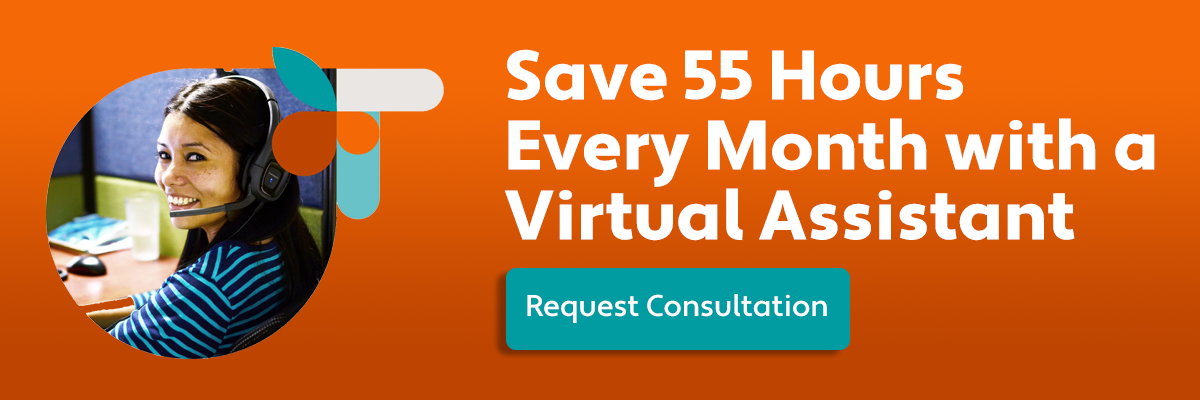Every new employee at Prialto HQ is required to compete against 23 other new-hires from each district in a televised battle to the death. Not really. Instead, the newbies have to fill in as Productivity Assistants for one of our executives for a few weeks. While scheduling meetings may not be as bad as dodging a swarm of deadly insects, for some of us, it’s nearly as challenging.
Learning the Ropes
The initiation makes total sense. Being a Productivity Assistant (PA) for a few weeks gives a new employee a crash course into how Prialto works, how we train our new PAs and how we drive core processes for our members.
But most of those members are salespeople like me – busy, relationship-focused and not wired to care much about admin. They hire Prialto because they don’t like to do this stuff themselves. That’s precisely why my biggest learning point as a Prialto newbie was appreciation. That is, appreciation for how challenging the role is, appreciation for how effective our PA’s are and appreciation for the need executives and salespeople have around administrative support.
That appreciation was born out of being a complete train-wreck of PA for our COO, Andy Mowat. If Andy were to rate my tenure as his PA, he would describe it as somewhere between a complete failure and a minor catastrophe. There were double bookings, unconfirmed meetings, gaps in Salesforce contact records and a mistake in the location of his lunches.
Why? Because to do the work right, I had to follow Prialto’s best practices for all of the administrative processes we offload for our Members.
10-Step Scheduling
Take something as seemingly simple as scheduling. Most people are expected to do it every day on their own. So it can’t be that difficult, right? As I discovered, that couldn’t be further from the truth. Scheduling by Prialto involves 10 – yes, 10 - steps.
Once Andy copied me into an email exchange to schedule a meeting, I had to do the following:
- Find three open time slots on his schedule to offer to the prospect/client/whomever.
- Tentatively block those three times out on Andy’s calendar to prevent double-bookings.
- Offer those three times to the prospects via email.
- Keep pushing until we find a time that works.
- Simultaneously with steps 1-4, check to make sure that person is in Salesforce.
- If they are already in Salesforce,
- Check their contact fields to see if there is anything from their email signature (i.e. a secondary phone number, Twitter handle, etc) that I could add.
- Add in all the activity from the exchange into Salesforce.
- Update their contact status.
- Add in a new task for the date of their meeting, or update their next contact date.
- If they are not already in Salesforce,
- Either add them in under an existing account in Salesforce or create a new one.
- Find their LinkedIn profile, ensure I have the proper title and add a link to their profile to the Salesforce record.
- Crib the contact information from their email signature and update the relevant fields in Salesforce.
- Then, I sent them a calendar invite. Prialto calendar invites are a thing of utilitarian beauty. They include: the full name of each participant and the name of their company in the subject line; the location of the meeting or who will be calling who and at what phone number; the caller’s back-up phone number for the person being called in case there is an issue; and the purpose of the call in the body of the invite.
- Immediately after sending the invite I needed to reply to the email chain to let the prospect/client/whomever know that it’s been sent, to prevent the possibility of it ending up in a junk folder
- The day before the meeting is set to take place, I would send a confirmation email to each prospect at the meeting.
Did it seem like overkill at the time?
Sure. But it also made me realize that each of these steps is what prevents the 20%-30% of meetings from falling through the cracks on account of tiny things like “not confirming the meeting” or “not having a back-up phone number for the prospect to call you.”
As you can imagine repeating this 10-step process across the scheduling of 10+ meetings/calls a week requires someone who is extremely detail-oriented. As a salesperson, that is not my strength.
That’s eventually what salvaged my horrible service. I had just proved the basic premise of Prialto’s service – that salespeople should spend their time selling, not doing admin!
“This article was originally posted by Prialto: The Virtual Support Service for Executives. Prialto Virtual Assistants are geared to actually pull your business forward and make delegating easy”

